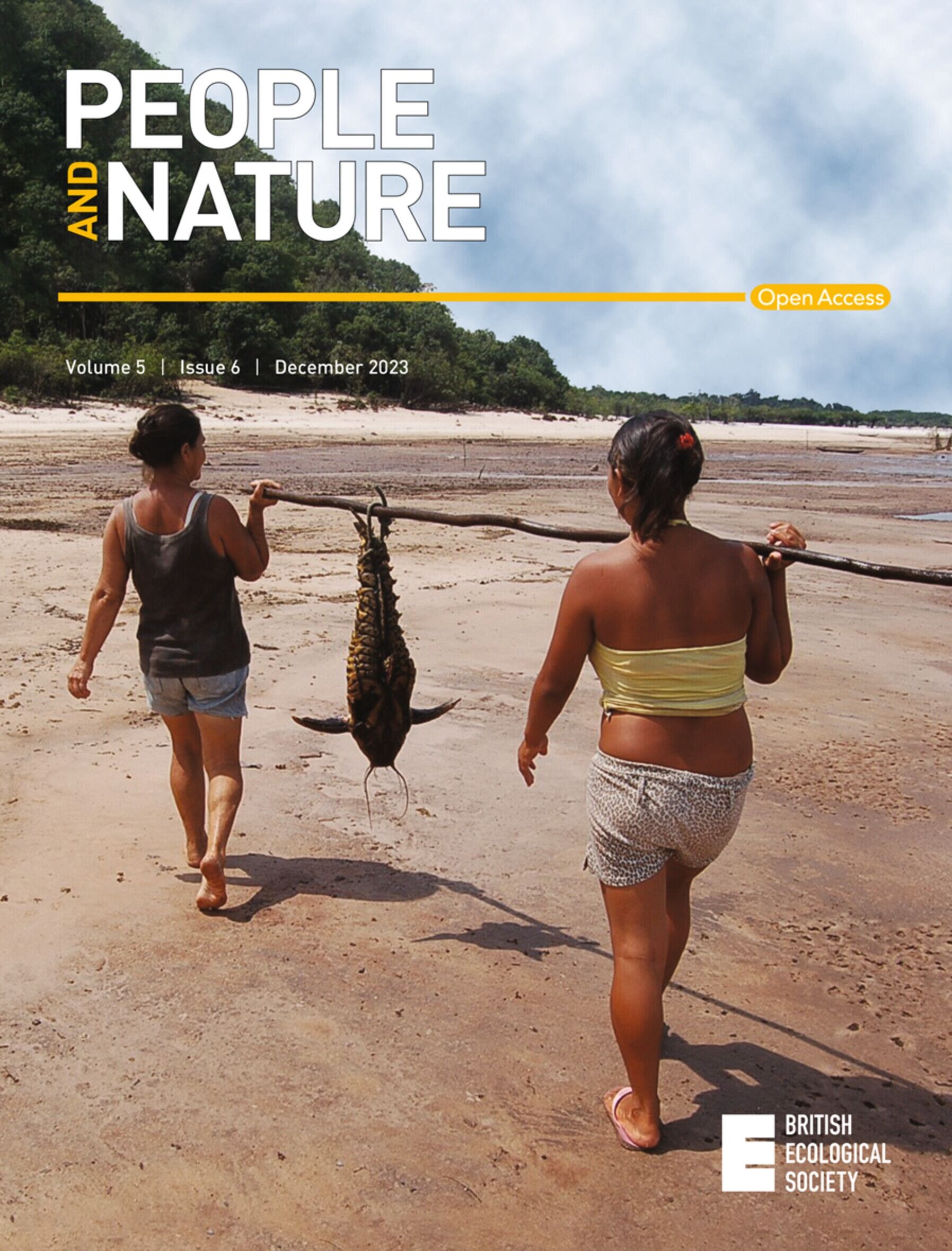Motivations behind wild animal consumption in social media in Mexico: A case study
IF 4.2
1区 环境科学与生态学
Q1 BIODIVERSITY CONSERVATION
引用次数: 0
Abstract
Wildlife trade is a worldwide threat to biodiversity. It is a complex problem, and to deal with it, one must analyse its constituting factors, some of which are specific to certain geographic areas. Although Mexican laws have prohibited selling wild products, Mexico is still both a source and consumer of exotic wildlife; however, there is limited data on why people participate in this type of trade. This paper aims to understand people's motivations for participating in the wildlife trade. 192 surveys on a population segment unrelated to it and 30 in‐depth interviews were performed to determine the patterns of wildlife trade in Mexico. Finally, we performed two in‐person interviews with collectors of large‐scale animals. The outcomes demonstrated that Facebook was the social media showing more wildlife content. Most participants were aware of the diverse impacts of the animal trade, as well as, that offering, buying and having certain animals was a crime but were assuaged due to common knowledge that authorities do not investigate social media. Finally, based on the findings from the in‐person interviews, it was observed that the individuals engaged in heavy trafficking believed that their actions were altruistic in nature. We concluded that the primary motivations for wildlife trade in Mexico were economic status and prestige within their social groups. In that order, our study is a pioneering attempt to determine motivations in Mexico, which could be a basis for future regional studies. Read the free Plain Language Summary for this article on the Journal blog.墨西哥社交媒体上的野生动物消费动机:案例研究
野生动植物贸易是对生物多样性的全球性威胁。这是一个复杂的问题,要解决这个问题,就必须分析其构成因素,其中有些因素是某些地理区域特有的。尽管墨西哥法律禁止出售野生产品,但墨西哥仍然是外来野生动植物的来源国和消费国;然而,关于人们为何参与此类贸易的数据却十分有限。我们对与此无关的人群进行了 192 次调查,并进行了 30 次深入访谈,以确定墨西哥野生动植物贸易的模式。最后,我们对大型动物的收集者进行了两次面对面访谈。结果表明,Facebook 是展示野生动物内容较多的社交媒体。大多数参与者都意识到动物贸易的各种影响,以及提供、购买和拥有某些动物是一种犯罪,但由于人们普遍认为当局不会对社交媒体进行调查,因此他们也就释然了。最后,根据当面访谈的结果显示,参与大量贩运的个人认为他们的行为是利他主义性质的。我们的结论是,墨西哥野生动物贸易的主要动机是经济地位和在社会群体中的声望。因此,我们的研究是确定墨西哥动机的一次开创性尝试,可为今后的地区性研究奠定基础。
本文章由计算机程序翻译,如有差异,请以英文原文为准。
求助全文
约1分钟内获得全文
求助全文

 求助内容:
求助内容: 应助结果提醒方式:
应助结果提醒方式:


